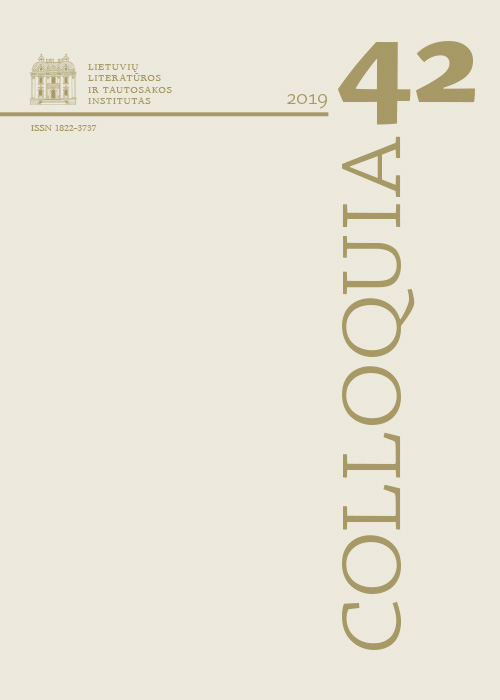Intermediality, Intermodality, and Semiotics
Abstract
The article discusses the Scandinavian approach to intermediality, namely, the ideas of Lars Elleström who defines intermediality as intermodal relationship. The discussion covers a range of questions: approach’s distinction from another model of intermediality (presented by Werner Wolf and Irina O. Rajewsky), its basis, i.e., the semiotic ideas of Charles S. Peirce that are of special importance for intermedial studies, the definition of medium it proposes, and finally, its analytical potential. Elleström focuses on the issue of specification of medium and makes modality the core notion of the three-layered definition of medium. The definition includes three complementary types of media considered as “theoretical aspects of what constitutes media and intermediality.” The two of them, basic and qualified media, are presented as abstract categories and structures that reveal the modes in which mediality and intermediality are formed. Technical medium is explained as a material device to embody the medial instances. Elleström’s model provides an opportunity in each particular case to see what could be acknowledged as intermediality, how this intermedial relation affects signification, and what aspects separate it from the French semiotics approach grounded in the Saussurean notion of sign. To exemplify the differences, the article offers the revision of Gremasean semiotic analysis of išlydžių zonos [discharge zones] by Gytis Norvilas within the framework of intermodal intermediality. The revision reveals the limits of semiotic analysis, the potential of intermodal approach, and the interconnection between the intermodal approach to intermediality and Genettean model of transtextuality.
